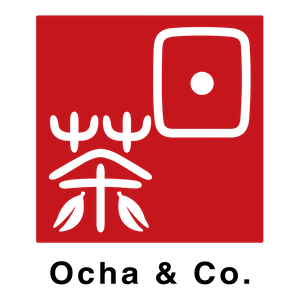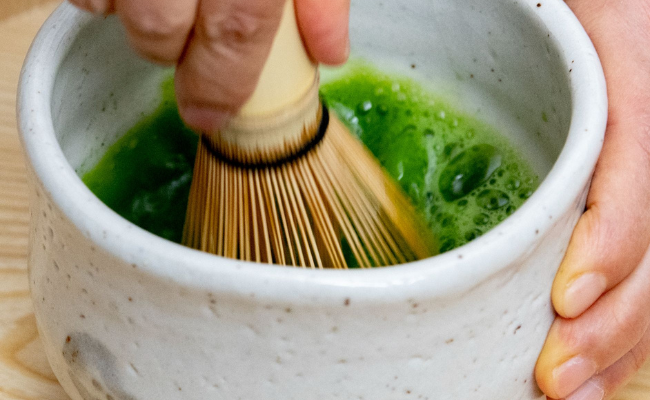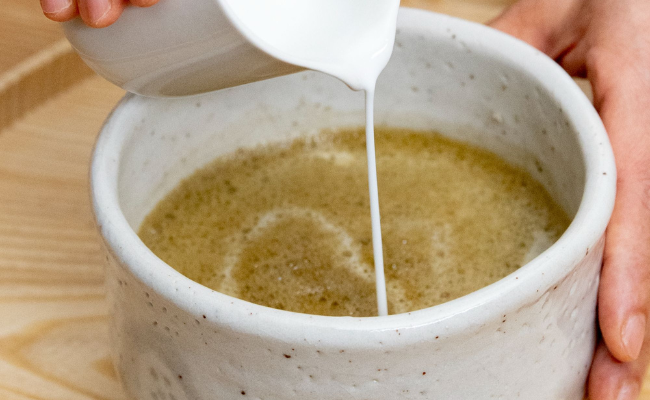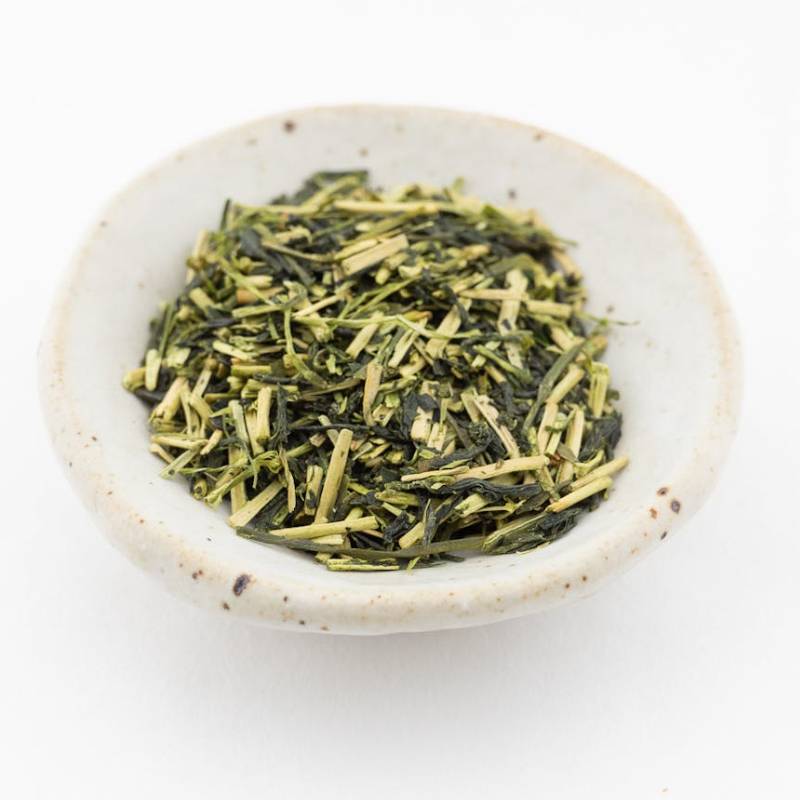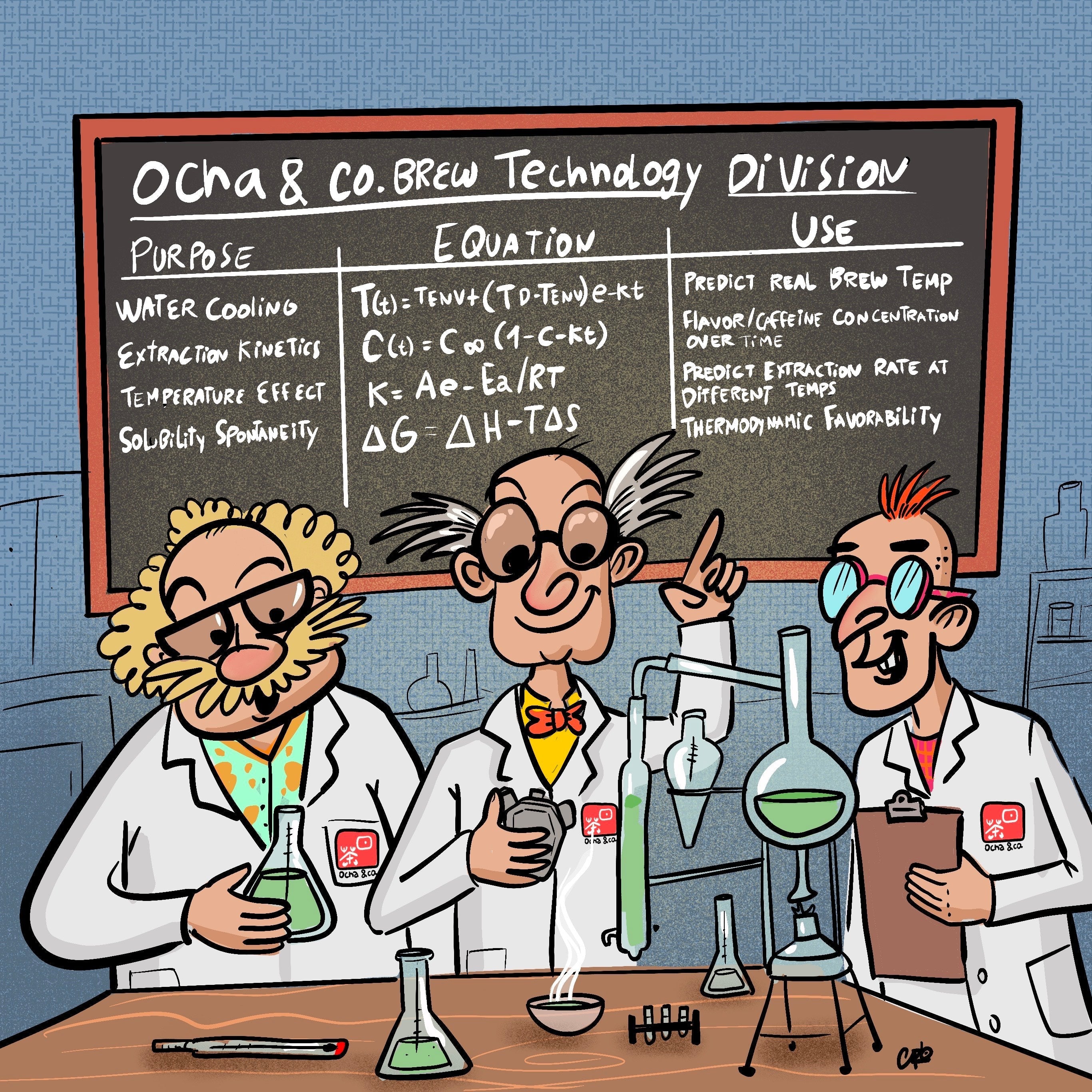Radiation in green tea
Radiation in Green Tea - The Facts
New customer emails to Ocha & Co very often share the same line in the Subject bar.
“Is there radiation in green tea in Japan? ” or
"Has your green tea been tested for radiation?"
It’s quite a drastic question to have to ask, but we’re used to it; we understand fully people’s concerns on this topic and, thankfully, we have the perfect answer.
It’s an emphatic (but polite), “No”.
There’s absolutely no radiation present in any of Ocha & Co’s leaf green teas and matcha powders.
We can say that with the utmost confidence because none of our products go on sale without first being tested for a range of impurities - from lead and heavy metal particles caused by general pollution to elements of residual radioactivity from the Fukushima nuclear disaster over a decade ago (about which more in a moment) - by the Japanese government. They enforce the strictest food and beverage safety laws in the world and no food or drink produced here gets on the shelves without a regularly updated clean bill of health from them.
As a matter of fact, we’ve just had the results back from our most recent round of green tea radiation tests on our organic sencha. The result, of course, is a resounding “No Trace” (more about that in a bit).
Why are people worried about radiation in green tea?
Some tea exporters roll their eyes when they’re asked: “about radiation in green tea”. But we at Ocha & Co think it’s completely reasonable that new customers want to know that the green tea they’re drinking will do no harm.
The back story to those fears is sober reading.
Eleven years ago in March 2011, the most powerful earthquake ever recorded in Japan struck just off the country’s eastern coast. The 9.0-magnitude quake caused a Tsunami so powerful it devastated swathes of Japan’s main island Honshu and destroyed towns and cities. Thousands of people who just ten minutes earlier first heard the warning sirens were killed; many thousands more evacuated.
And then the wave hit the Fukushima Daiichi Nuclear Power Plant in Okuma - about 120 miles from the capital Tokyo. Overwhelming what were thought to be impregnable sea defenses the enormous wave flooded the reactors. Radiation seeped from the wreckage and what was already a major natural disaster quickly became a catastrophe that was feared would have profound consequences as fallout settled on agriculture and farming in the immediate area of the meltdown for nearly a decade.
One saving grace, however, was that winds during the event blew from west to east, the majority of the air releases were blown towards the Pacific Ocean and away from Japan. Likewise, the radioactive water from the damaged plant migrated toward the ocean and has not impacted the major tea-growing regions of Japan such as Kagoshima, Shizuoka, and Uji nearly 2000 miles away.
But that gave no reason to let the guard down.
Radiation in green tea is rigorously tested in Japan - By law
In the wake of the disaster, the Japanese Government announced that certain food products in affected prefectures were not fit for human consumption, due to the public health risk associated with radionuclide contamination and prohibited those food products from sale in Japan or export elsewhere.
Those precautions were followed closely by the US Govt. Food & Drug Administration (FDA) whose report led to an Import Alert called “Detention Without Physical Examination of Products from Japan due to Radionuclide Contamination.” which essentially mirrored Japan’s legislation and banned all food imports from Japan without first being stringently checked for radiation.
That decade of caution appears to now be paying off. A recent FDA report (https://www.fda.gov/news-events/public-health-focus/fda-response-fukushima-daiichi-nuclear-power-facility-incident) says that “...after reviewing the results of 10 years of sampling food products from Japan; and after determining a very low risk to American consumers from radioactive contaminated foods imported from Japan, FDA has decided that the IA is no longer necessary to protect public health and therefore should be deactivated.”
Radiation in green tea: No resting on laurels
Japanese agencies will continue to be vigilant when it comes to contamination related to radiation in green tea and the mandated tests of tea will continue.
As we mentioned above - Ocha & Co has received the results back from the latest tests for radiation in green tea for our organic sencha. The cultivar used in this test is also used to manufacture most of our teas so by testing one tea we can cover the other types at the same time.
The lab used gamma spectrometry with a germanium semiconductor detector to carry out individual tests for Radioactive Iodine aka L-131, Radioactive Caesium Cs-134 and Radioactive Caesium Cs-137. In line with Japan’s Ministry of Health, Labour and Welfare’s 2012 guidelines for detecting radiation in food the detection limit was set at 2.3BQ per kilogram, which, considering the world standard for drinking water is 10Bq/KG is clearly not taking risks with even tiny (and perfectly safe) levels of radioactivity.
This makes Japan’s restrictions on contamination levels the strictest in the world.
BQ, by the way, is short for Becquerels, the unit of measurement used to express the amount of radioactive particles contained in soil, foods, tap water, etc. The higher the value expressed in becquerels, the larger the amount of radiation being emitted.
We’re happy to report (again!) that our test returned results of “No Trace” for each element. You can rest assured, then that the only glowing sensation you’ll get after a cup of any of Ocha & Co’s range of green tea and matcha, is one of inner contentment.
